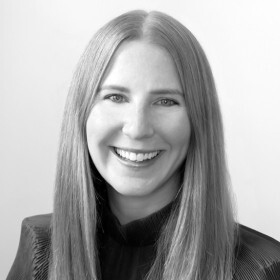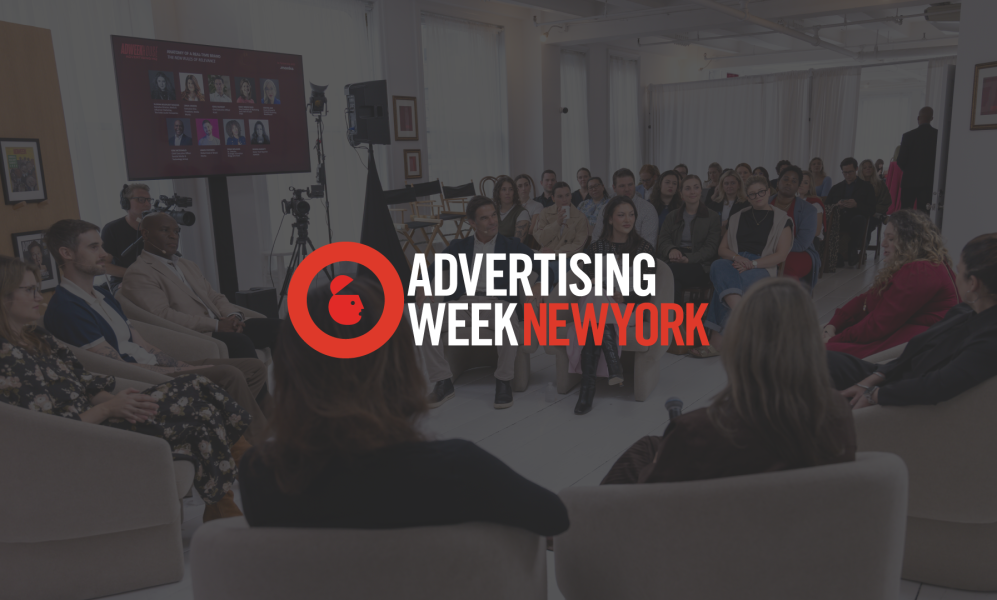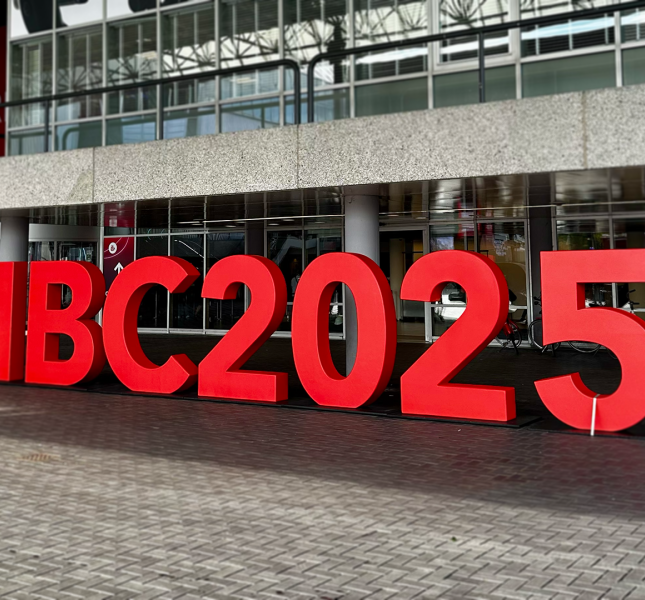The Evolution of the Holding Company Model

This is merely an excerpt from Eric Oster’s recent story for Adweek. At the bottom of this page, click to keep reading –
Earlier this month, Martin Sorrell officially outbid his former holding company, WPP, to acquire digital production company MediaMonks for an estimated $350 million.
In a statement, Sorrell hinted at his future strategy by saying the acquisition “represents a significant step in building a new age, new era, digital agency platform for clients.”
Within the global production community, a consensus seems to have emerged that the acquisition is part of a larger trend of clients seeking to work more closely with production shops.
The MediaMonks Moment
Stink Group CEO James Morris told Adweek the acquisition “marks a point in time when production has been more strategically placed at the center of advertising,” something he attributes to a “search for a more agile system.”
“I think the S4C model is a new model,” he added. “Martin’s moving away from the challenges that he faced at a holding company. He talked for many years about horizontality,” something that proved difficult under the existing WPP structure.
Morris anticipates Sorrell building S4C around a single operational structure, bringing in capabilities complimentary to MediaMonk’s offering.
It’s smart for Martin Sorrell to acquire a company like MediaMonks because he recognizes what a production company like that can bring to the table.
“We know that agencies are building their own in-house production and post-production capabilities, and agencies also know that brands are starting to reach out to production and post companies directly,” he added. “In a certain sense, we’re both starting to eat each other’s lunch.”
“[The acquisition is] Sorrell’s way of saying that it’s actually stronger if production companies and agencies partner with each other, and that this collaboration is in the clients’ best interests. Rather than agencies investing in new capabilities and trying to build a new culture, it makes sense for production companies to bridge the gap, bringing in the resources, processes and infrastructure needed to make high-quality work.”
The Evolving Face of the Production Company
Tool of North America managing partner Dustin Callif explained that, had WPP acquired Media Monks, it would have had to navigate potential conflicts of interest with WPP clients. That fact that WPP pursued the acquisition anyway seems to reveal the extent to which holding companies see the value in production services. As clients continue to move toward more project-based relationships, such conflicts may become less of a concern.
Over and over again it seems that what we hear from brands—and this has gone on for years—is they want to get rid of the middleman and work more directly with the makers.
On that note, production companies have been expanding into creative strategy and ideation.
“Particularly when it comes to innovation, it’s an open brief,” Callif said. “They’re coming to us and they’re looking to us to be inspired about not just coming up with an executable idea” but one that is “on-strategy” and delivers business results.
He called the shift “a natural evolution.”
The Gig Economy
The wealth of creatives working as freelancers has provided a steady talent pool to draw on for collaborators or new hires.
“We have access to some of the same talent that was previously at ad agencies. It becomes somewhat easy to plug them into the system,” Calif said.
Berkowitz reiterated the opportunities created by the freelance pool, explaining that “top-level creative talent” in the industry is “now available in ways that they were never available before.”
“We’re all in the advertising business … and the project work is mostly tied to ‘Let’s make something.’ That’s the sweet spot of production companies,” Callif added, stating that Tool has “the flexibility to work with any brand.”
One thing getting lost in the transition away from the traditional agency model, however, concerns brands trying to “skip over valuing or paying [for] creative strategy,” he said.
Related
Thinking
Sharpen your edge in a world that won't wait
Sign up to get email updates with actionable insights, cutting-edge research and proven strategies.
Monks needs the contact information you provide to us to contact you about our products and services. You may unsubscribe from these communications at any time. For information on how to unsubscribe, as well as our privacy practices and commitment to protecting your privacy, please review our Privacy Policy.



